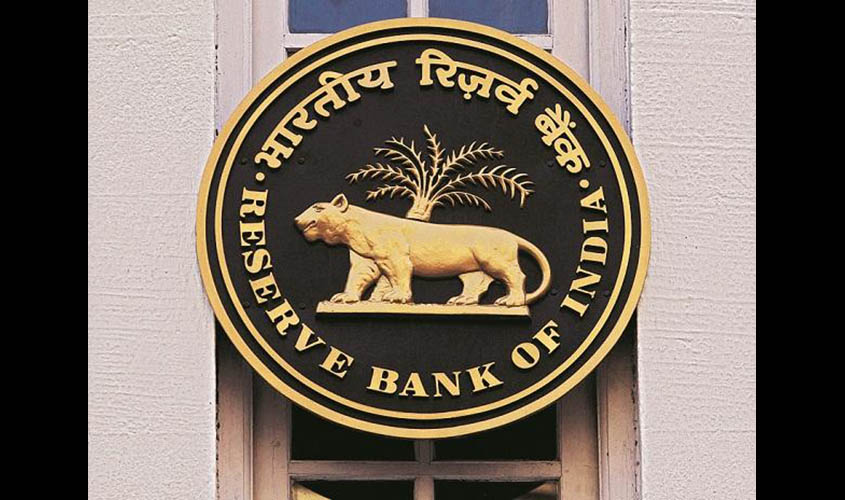Time to consider bold ideas like income tax cuts to boost growth.
Second quarter GDP figures were released this week and since several analysts had expected it to fall to even 4%; a 4.5% figure is actually a relief. This is indicative of just how bearish the sentiment has turned for the Indian economy—once the world’s fastest growing and now struggling to reach annual growth of 6%. We are in a protracted slowdown and this is the time for the government to bring about big, bold measures, and yes think out-of-the-box. If the first quarter GDP figures raised concerns, the second quarter numbers are now raising alarm bells.
What is most troubling is the de-growth registered by manufacturing for the second quarter of the present financial year—a 1% contraction compared with a 0.6% growth in first quarter. Core sector data, IIP and GDP figures all indicate an acute slump in manufacturing that is pulling the economy down. In fact, 77.6% of IIP is on account of just manufacturing. While core sector data is the worst in 14 years, IIP is at a seven-year low and GDP growth is slowest in six years.
Besides several others, there are two main reasons that are responsible for holding growth back—credit freeze and the tepid consumption. I will address each separately and try to suggest some out-of-the-box solutions that policymakers can consider.
Credit freeze has been one of the fundamental reasons for declining growth. Credit freeze essentially means lack of enough money—for projects, for MSME initiatives, for entrepreneurial efforts, basically just about anything. So, while the mess in the non-bank financial company (NBFC) sector is well documented, what is not is the fact that the system is still clogged, despite several efforts to resolve and salvage the situation after the ILFS crisis. Money is still not reaching where it should. Now let’s step back and understand the genesis of this crisis. PSU banks have been struggling with NPA mess for several years now and have now become very cautious—almost to a fault—to lend. And that’s the problem. PSU banks— flush with funds post recapitalization, merged to create 10 strong and financially viable entitites—are still not lending. Add to this, the NBFCs (which sprung up to fill the gap when the NPA woes of PSU banks began) suddenly have no money. NBFCs plug gaps of bank funding at all levels, from startups turned away by traditional banking due to lack of collateral to highly leveraged real estate companies. Both Mint Street and North Block need to now work in tandem to address this credit freeze.
Firstly, RBI needs to ensure transmission of rate cuts by the banking sector. The Central Bank has cut rates by 1.35%—the lowest since 2009—but it has not been fully transmitted, thanks to the reluctance of banks. Secondly, there may be still some room for RBI to cut rates. Economists have argued that during the recession in 2008, rates were cut by 4.75% and, coupled with a fiscal stimulus, there was a revival in growth. 2010-2011 is when India registered a growth of nearly 11%, the highest ever. So while the RBI has been doing most of the heavy lifting to boost growth, it can do more before running out of steam. Thirdly, a bold decision is needed to get the entire volume of toxic assets out of the banking system into an Asset Reconstruction Company. While this will clean balance sheets for banks and NBFCs to lend, underwriting this will require the government to weather a political storm due to allegations of bailing out big corporates.
Stagnant or falling private consumption needs immediate concern. India is a consumption-led growth story and policymakers need to ensure people start spending and even investing. Currently, people are holding on to cash, delaying spending, not just of durable goods, but also of consumption items. So, while car and house sales will plummet as people value money in their pockets rather than an asset, it is falling sales of shampoos and soaps that raise eyebrows. So after a $20 billion stimulus for companies (or “wealth creators”), the government needs to now focus on putting money in people’s pockets. For rural bretheren, there is the MNREGA scheme whose scope can be extended; for urban India, personal income taxes need to be slashed. A cut in income taxes will boost consumption, lift sentiment and will lead to increase in savings. There is enough literature indicating the fall in government revenues due to taxes foregone will be compensated by higher indirect taxes and larger economic recovery that will have a cascading impact.
Now, even if there is a loss in government revenues due to taxes foregone and lower than budgeted GST collections, there is an out-of-the-box solution.
North Block must effectively and judiciously spend the $24 billion windfall gain it received from the RBI. It can be used to either pump-prime the economy or it can be used as buffer for revenues lost due to tax cuts. A roadmap needs to be drawn up and in the interests of transparency, it should be made public. Investment out of this should be linked to delivery for greater efficiency and less corruption.
The government has been proactive in responding to the slowdown with big announcements and reforms, but clearly more needs to be done. The Prime Minister’s stated target of a $5 trillion economy by 2024 from the present $2.7 trillion warrants annual growth of 9-10% for the next five years. Let us not lose sight of the larger goal. Big, bold reforms leading to a surging economy means prosperity for everyone. As they say, rising tide lifts all boats.
Gaurie Dwivedi is a senior journalist covering economy, policy and politics.

